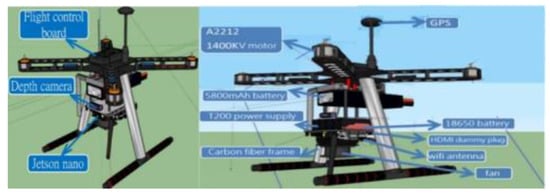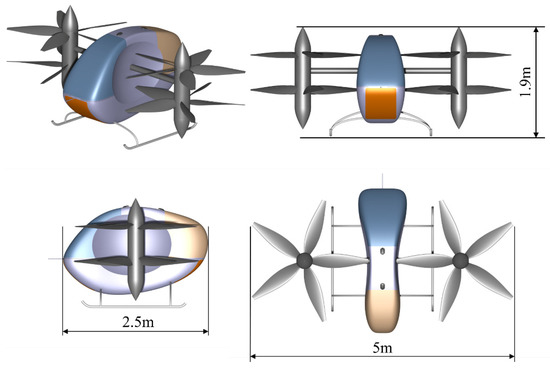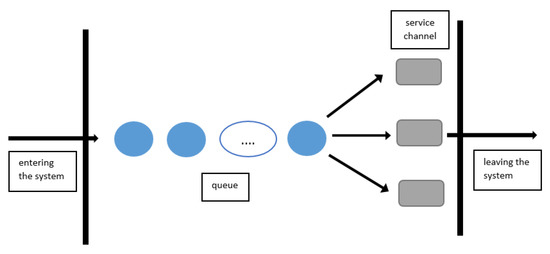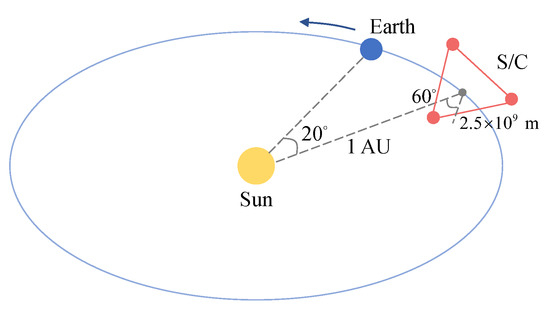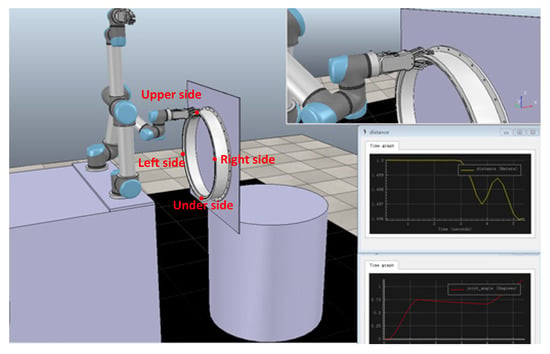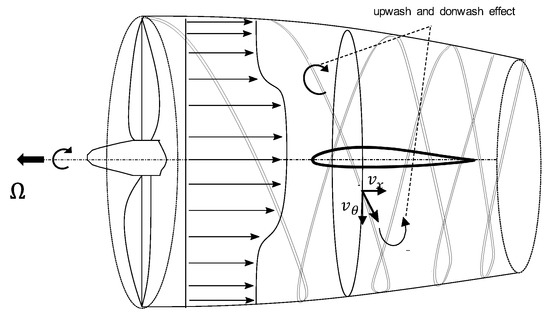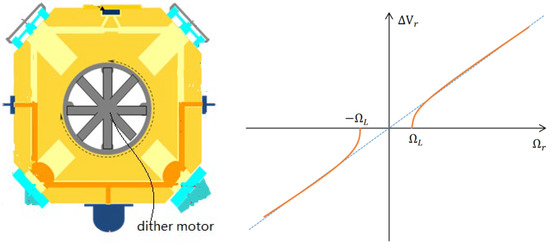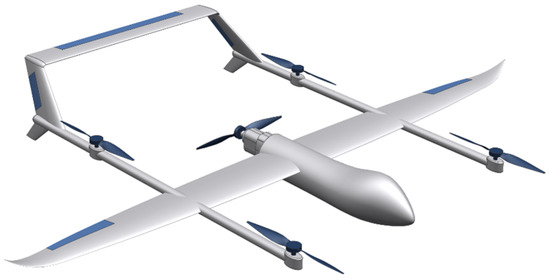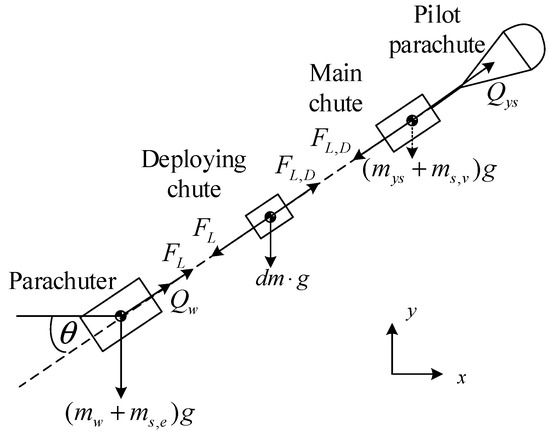Aerospace 2023, 10(1), 39; https://doi.org/10.3390/aerospace10010039 - 1 Jan 2023
Cited by 5 | Viewed by 2034
Abstract
A formation flying control algorithm using the Lorentz force for Low Earth Orbits to achieve a trajectory with required shape and size is proposed in the paper. The Lorentz force is produced as a result of interaction between the Earth’s magnetic field and
[...] Read more.
A formation flying control algorithm using the Lorentz force for Low Earth Orbits to achieve a trajectory with required shape and size is proposed in the paper. The Lorentz force is produced as a result of interaction between the Earth’s magnetic field and an electrically charged spacecraft. Achievement of the required trajectories represents a challenge since the control in three-dimensional space is a scalar value of the satellite’s charge. A Lyapunov-based control algorithm is developed for elimination of the initial relative drift after the launch. It also aims at reaching a required amplitudes for close relative trajectories for in-plane and out-of-plane motion. Due to the absence of full controllability, the algorithm is incapable of correcting all the parameters of the relative trajectory such as in-plane and out-of-plane phase angles. The proposed control allows to converge to the trajectory with required shape and size, though with some oscillating errors in the vicinity of the required trajectory parameters. Numerical simulation of the relative motion is used to study performance of the control algorithm for one case of one controlled satellite and two cases of five controlled satellites forming a nested ellipses and train formations. The convergence time and final trajectory accuracy are evaluated for different control parameters and orbits using Monte Carlo approach.
Full article
(This article belongs to the Section Astronautics & Space Science)
►
Show Figures



